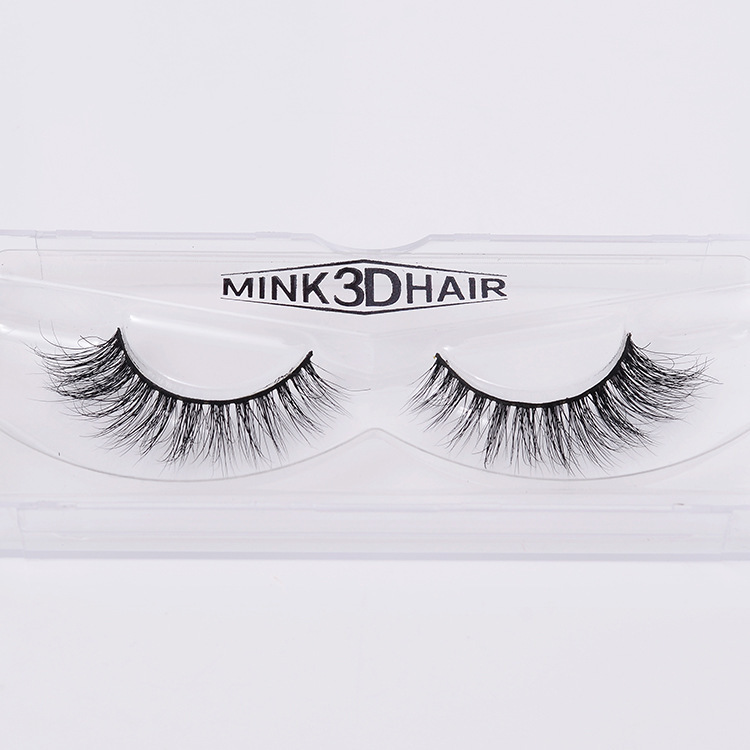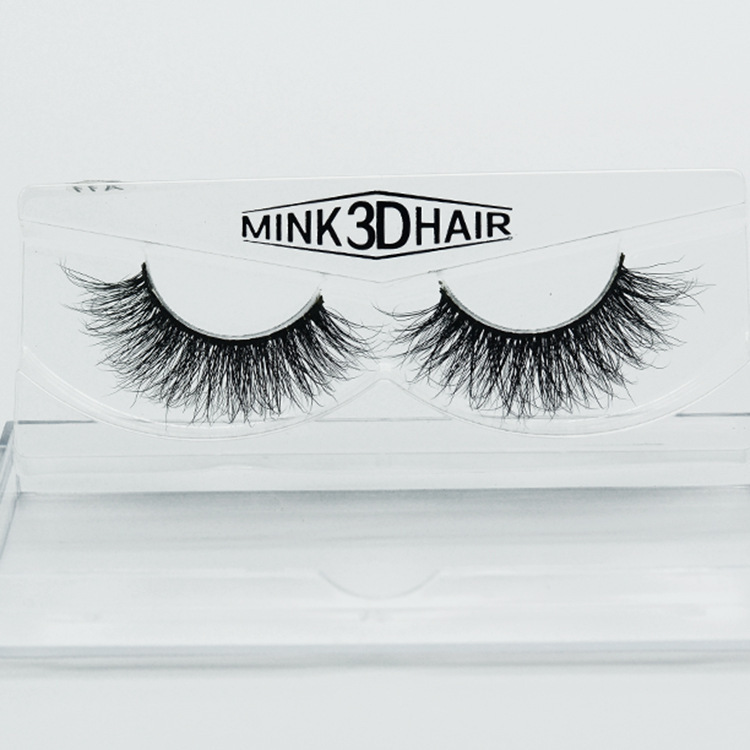The printing industry is one of the fastest technologically advanced industries in the world in the past 20 years and has entered a new era of digital printing. According to briefings, humans have gone through about 100,000 years of printing from languages ​​to printing, 450 years from the invention of printing to printing, and from about 30 years from lead printing to color desktop systems, from color desktop systems to multimedia electronic publications ( Paperless printing lasted for 3 years and it took only 18 months from multimedia to the Internet. The international development trend is that the high-end color prints are rapidly growing, and high technologies such as computers and electronics are widely used in the printing process.
At present, the situation of China's printing industry is: traditional offset printing still dominates, flexographic printing, screen printing has developed rapidly, post-press binding automation, color desktop publishing system has been widely used, open and digital graphics processing system has been As a basic feature of the prepress system, direct plate making technology and digital printing have become the development direction of the printing and publishing industry. The development of the printing industry and the continuous improvement of environmental protection regulations have brought tremendous challenges and opportunities to the development of the printing industry, including the development of various new types of printing consumables that are in line with environmental protection; the transformation of the original processes, including the improvement of raw materials Improvements in drying methods, etc.
At present, solvent inks, which are widely used in screen printing and gravure printing processes in China, contain 50% to 60% of volatile components. If a diluent is used to adjust the viscosity of the ink, when the print is dry, The total content of volatile components emitted by the ink is 70%-80%. The gas volatilized by these organic solvents enters the workers' body through breathing, causing damage to the human liver and nervous system, and causing great harm to the environment.
The alcohol fountain solution in the offset printing process discharges organic volatiles to the air in the workshop all the time. When the ink roller and the blanket are temporarily cleaned when they are temporarily stopped or replaced, the flammable and explosive gasoline is used in large quantities ( Of course, from the point of view of the manufacturer, using gasoline as a cleaning agent is not only convenient and readily available, but also has a good cleaning effect and a fast drying speed. The most important thing is that the price is cheap and the production cost is greatly reduced. However, when seeing the benefits of gasoline, people often forget that using gasoline in this way could potentially cause an explosion that could make the printing plant empty for a moment; on the other hand, when using leaded gasoline, it will lead to The chronic lead poisoning of printing workers is even more neglected.
For a long time, the "ink flying" phenomenon in various printing processes has plagued the entire printing process. This is because when the printing press rotates at a high speed, the ink film between the ink rollers is split and elongated, resulting in a broken piece. Under the effect of the surface tension of the ink, these pieces shrink and form a large number of spherical small ink droplets scattered in the air. The so-called flying ink phenomenon. The problem of flying ink is not only a common type of printing failure that is extremely hazardous in the high-speed printing process, but also a type of problem that causes serious environmental pollution.
The major dangers that flying ink brings to the printing process are:
1, causing pollution to the environment. The ink is scattered into the air, machinery and equipment, walls, etc. Lighter ones can affect the cleanliness and beauty of the environment. Severe ones can even cause explosions and cause safety accidents.
2. It has an adverse effect on product quality. The scattering of the ink on the printed product will cause a certain degree of stain on the surface of the printed product, which will affect the clarity of the printed product, etc. In severe cases, it will cause the printed product to become invalid.
3, cause long-term damage to human health. Since organic inks, organic solvents, and additives are commonly used in inks, many of them contain heavy metals. These harmful substances will be absorbed on the surface of the workers' skin through flying ink and be inhaled into the respiratory tract, which will inevitably adversely affect the health of the operators.
It can thus be seen that the emission of harmful gases, the use of hazardous liquids and solids, and the discharge of wastes in the printing industry pose a serious threat to human health and the human environment. Environmental issues not only involve the future of human civilization, but also involve the survival and development of enterprises. When we formulate the development plan for the printing industry, we must simultaneously consider the issue of environmental protection and formulate feasible and effective measures.
In order to limit pollution in foreign countries, some countries have formulated a series of laws and regulations such as the "Labor and Health Law" and "Organic Solvent Discharge Law." These laws and regulations determine the research and development direction of printing production processes and inks.
In foreign countries such as Germany, the "Chemical Products Act" was promulgated as early as 1982. It contains three provisions: the protection of workers in the workshop; the protection of general health; and the protection of the environment. Under the pressure of environmental protection laws, foreign research departments and some manufacturers are forced to research and develop solventless inks or screen printing inks with low solvent content.
Before and after the 1990s, European and American countries passed the VOC laws related to environmental protection. The VOC law requires that printing houses and ink manufacturers meet the following requirements:
1. There should be no smell of solvents outside the workshop.
2. The concentration of volatile substances in the workshop must be lower than:
Volatile organic solvents 50 mg/m3 Carbon monoxide 100 mg/m3 Nitric oxide 100 mg/m3.
This rigorous environmental protection law will become the benchmark for environmental protection in various countries in the world sooner or later.
This requirement is currently difficult for most domestic manufacturers (including printers and printing consumables manufacturers) because there are many components related to VOCs and other environmental pollution problems in various printing processes and traditional consumables, but through efforts The problems that can be solved are the following:
1. The problem of volatile substances in most cleaning products and lotion during cold-set rotation and sheet-fed offset printing: Now that foreign countries have abandoned gasoline as a cleaning product, they are replaced by a special ink cleaning agent (W/O emulsion type ) This ink cleaning agent should be vigorously promoted; at the same time, a new, non-alcoholic fountain solution suitable for high-speed web offset presses should be developed for offset printing.
2, to strictly inspect the ingredients contained in the ink, can not use pigments containing harmful heavy metals to produce ink, to ensure that workers and brothers from the harm of heavy metals; at the same time to further improve the quality of ink and reduce the generation of flying ink.
3, thermoset web offset printing process is the main producer of VOC, because the solvent distillation range in 230-340 °C; ink drying is forced drying in the drying device 300 °C high temperature, according to carbon content count, ink 0.3 kg of VOC material is released per kilogram of carbon; it should be recovered by a recovery unit.
4. Rotary gravure process uses a lot of volatile low-boiling solvent, so it will cause serious VOC problems. If the solvent recovery device is installed on the rotogravure machine, the purpose of reducing the VOC volatilization can be achieved;
5. Use water as the solvent ink (water-based ink) in the gravure printing process, the flexographic printing process, and the screen printing process. This may reduce the VOC problem and reduce the alcohol content in the water-based ink as much as possible. (usually contains 15% alcohol).
In the production and development of inks, in order to meet the requirements of the VOC law, Western countries have made great improvements in the ink formulation and drying system. The inks that are currently used in many ways have the following varieties:
1, radiation curing ink. In fact, UV-curable inks were developed as early as the 40's, but they have not been developed until the last 20 years. Since the ink contains no solvent and there is no VOC problem, the printing process is environmentally friendly. After the 1990s, with the implementation of VOC laws in Western countries, it should be said that people have further understanding of UV-curable inks. However, UV-curable inks have a higher cost and are more complicated to use than conventional inks. (To be continued)
Environmental Pollution Problems Faced by Printing Industry (I)
eye lashes are widely used during daily life. natural eyelashes are 100% mink fur hair. as hair is fallen off naturally, it is no harm to animals. very soft, reusable and natural looking. it has medium length and great 3d effect. we can also do your own brand logo Lash Boxes. here are some hot selling false eyelashes.





Natural Eyelashes,Mink Fur Eyelashes,Natural Mink Lashes,Vegan Mink Lashes
Zhengzhou Cuka Electronic Commerce Co., Ltd. , https://www.cukeyelashes.com